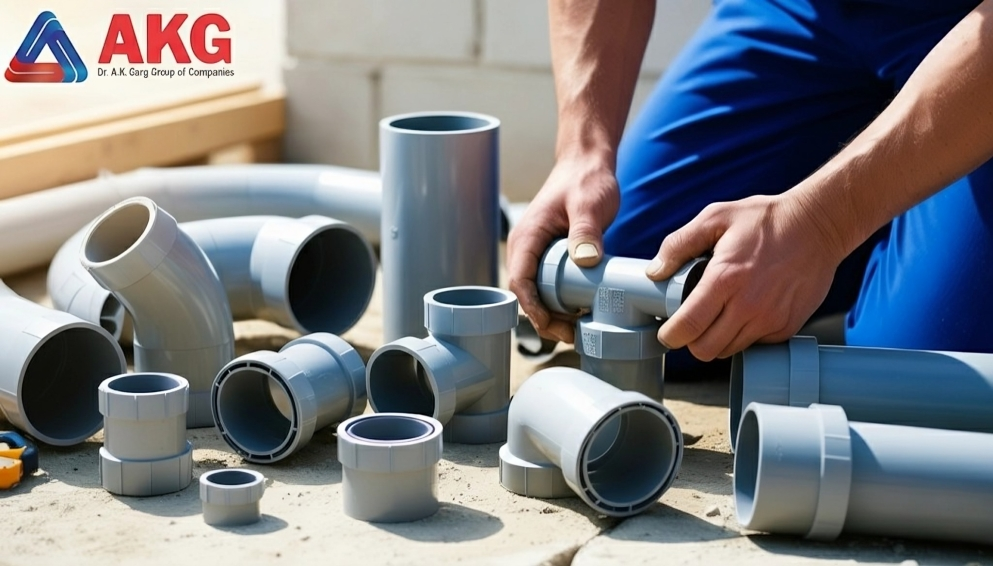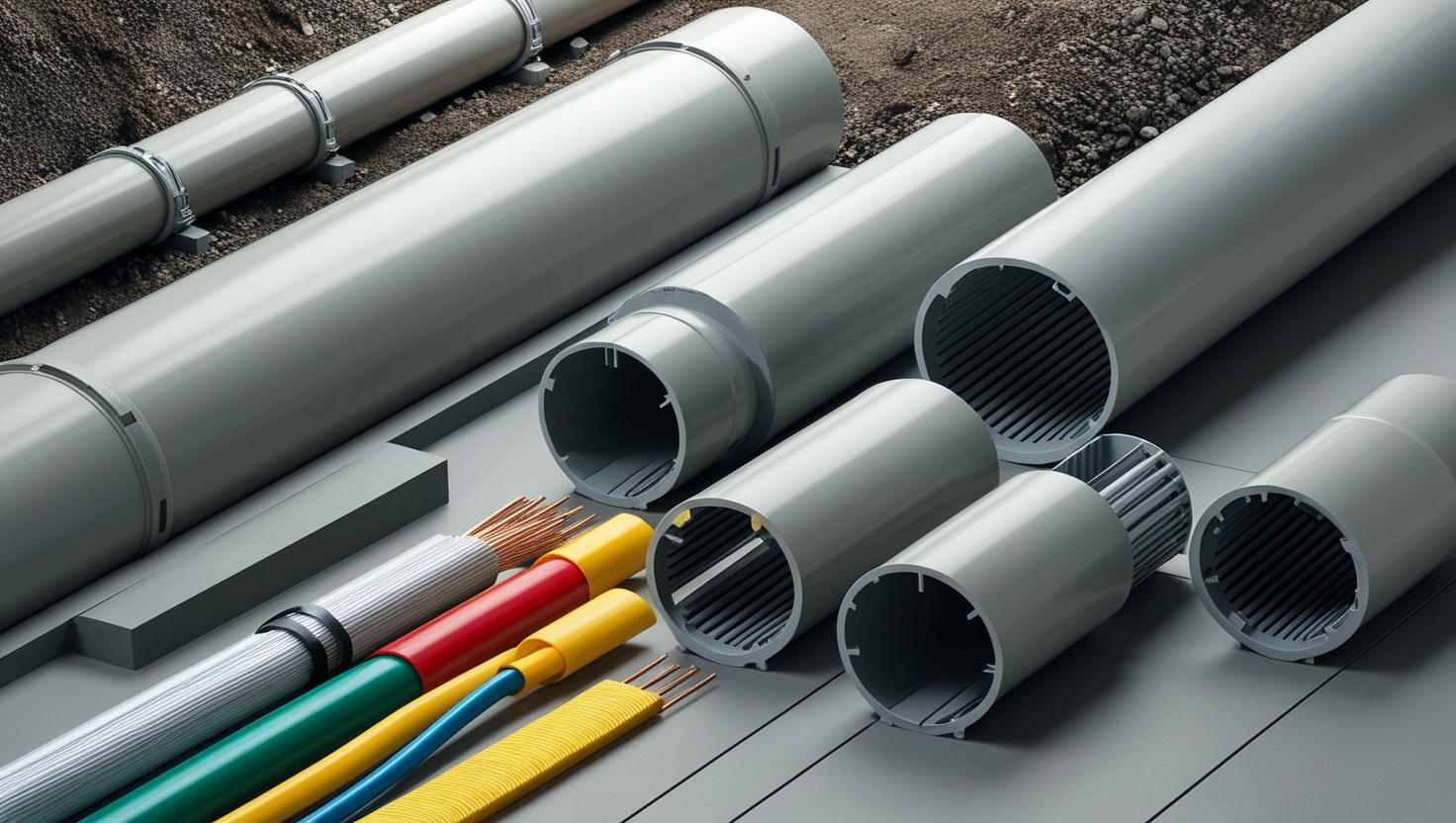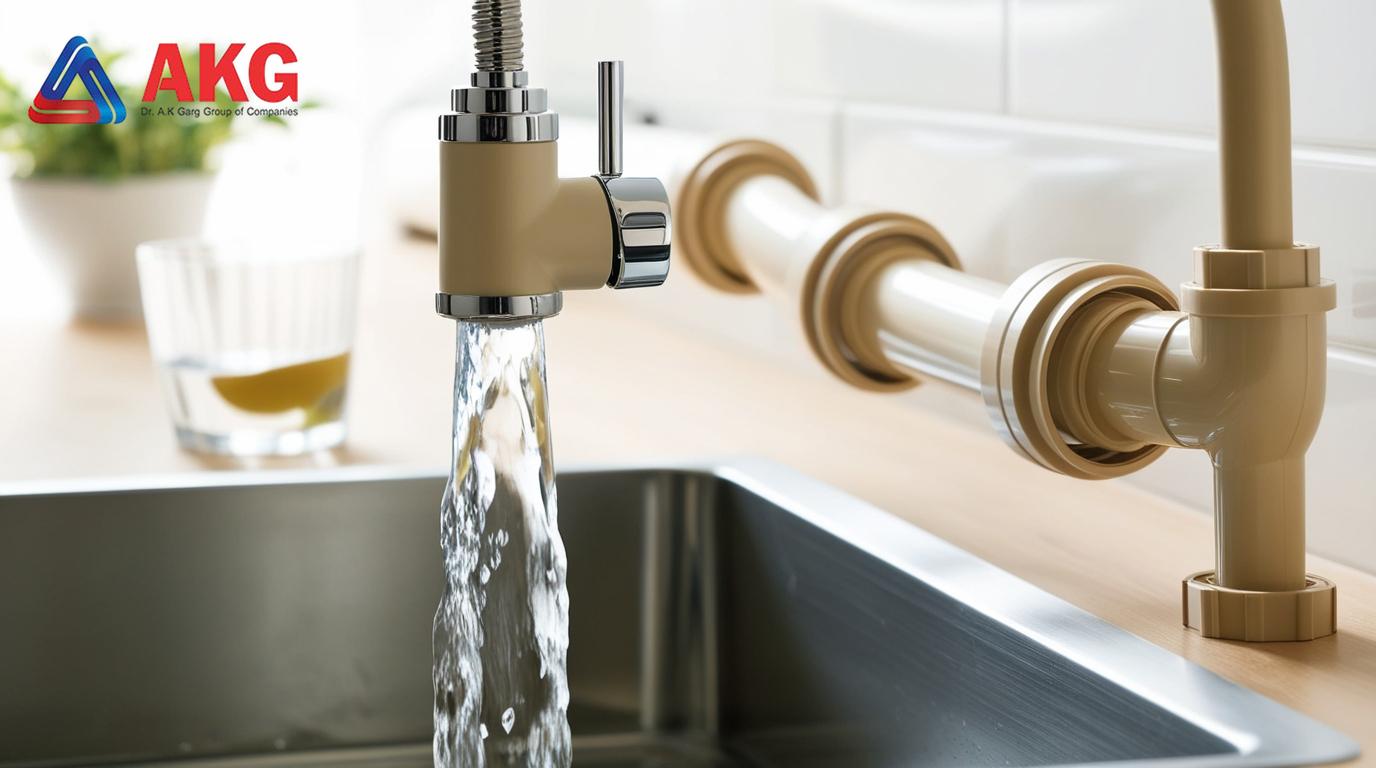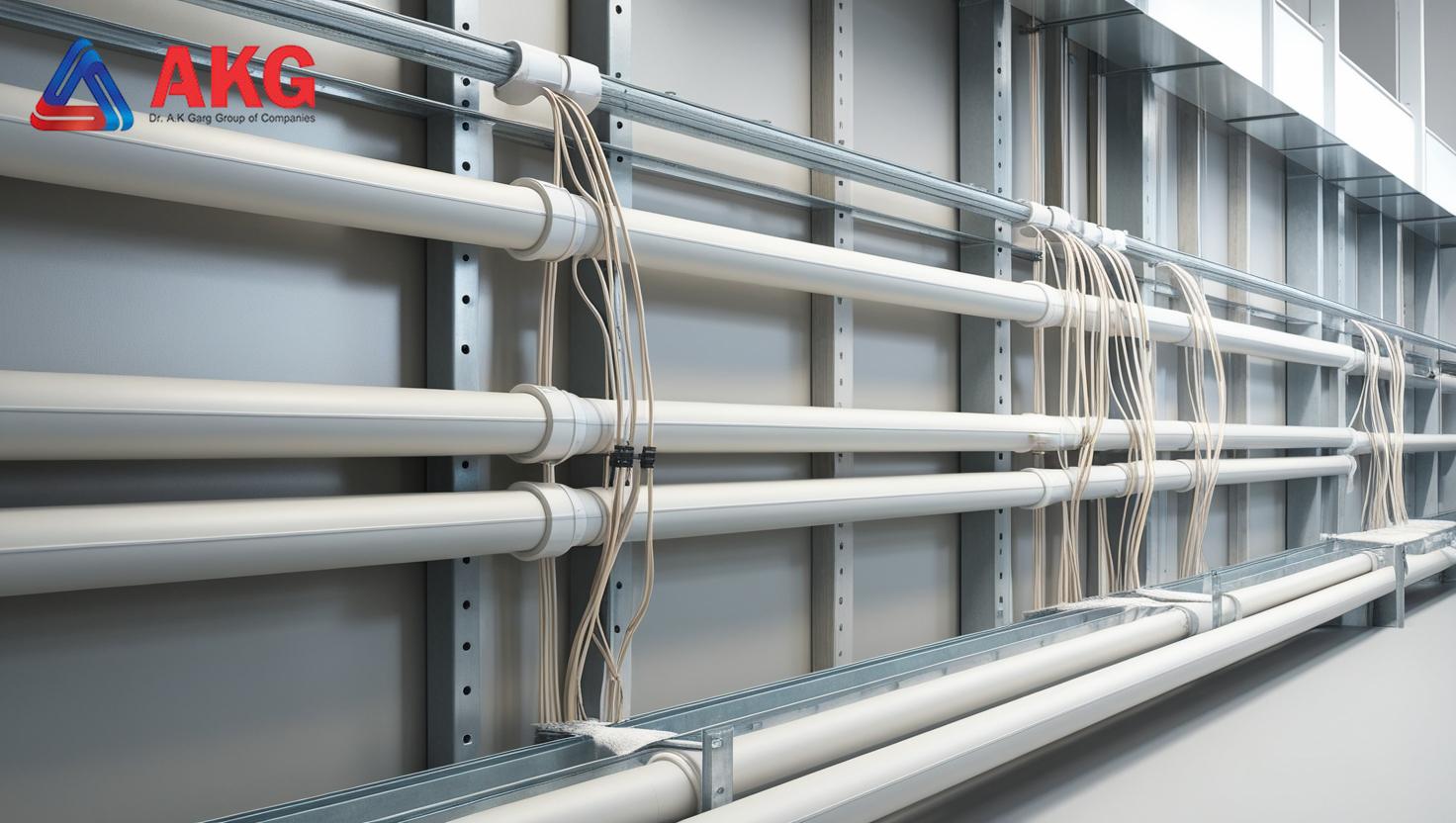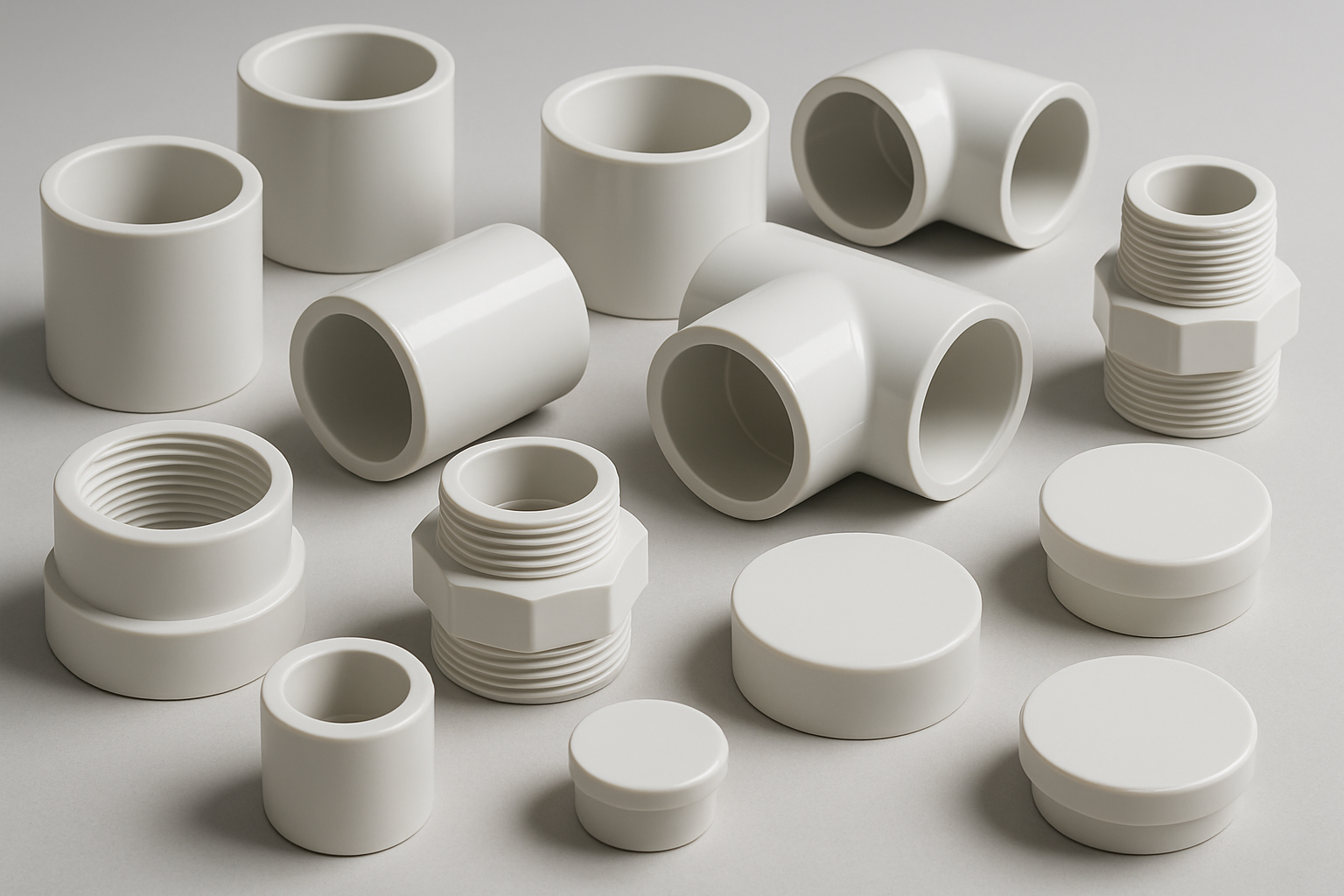PVC Casing and Capping: A Versatile Solution for Wiring Needs
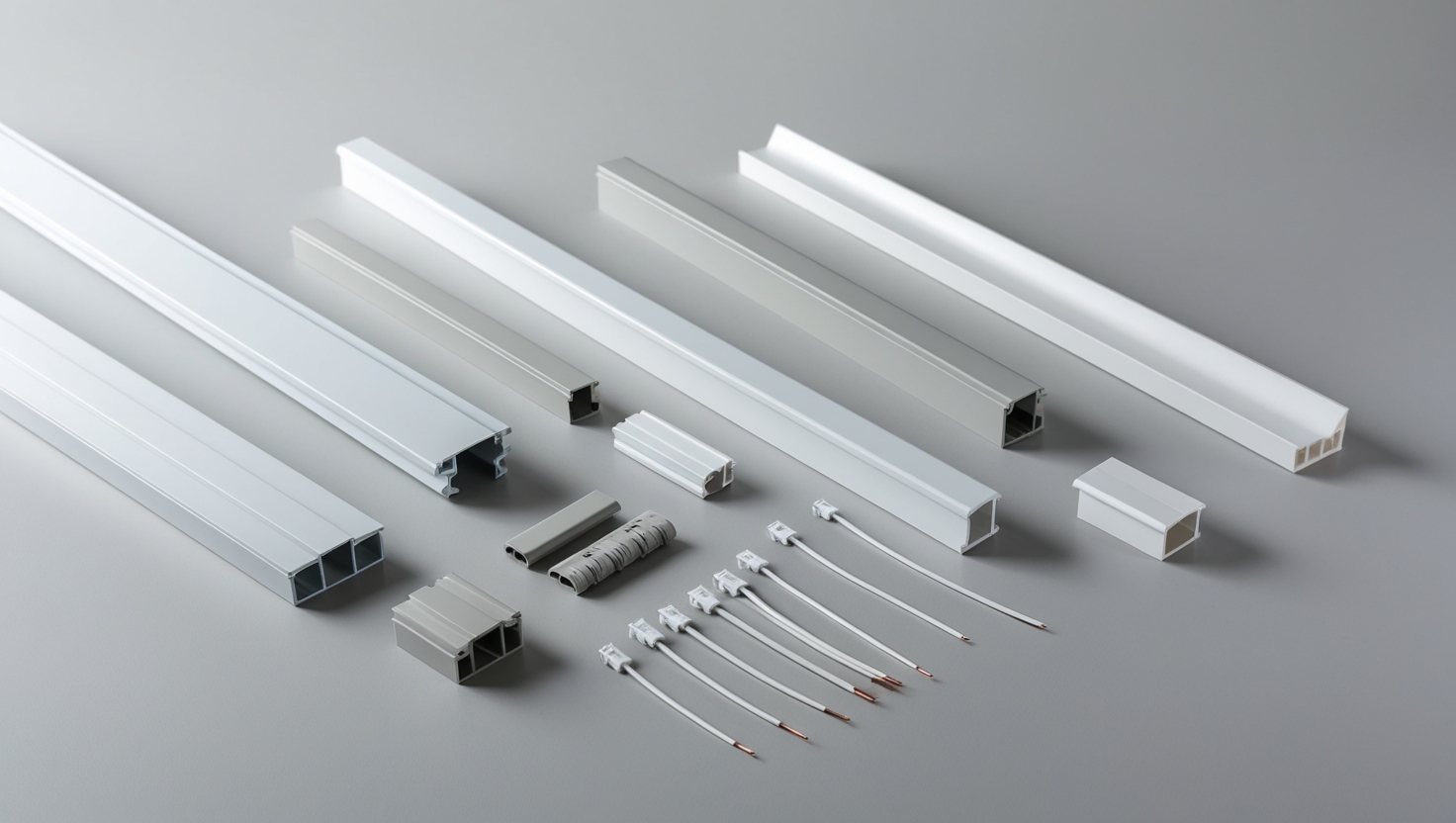
What is PVC Casing and Capping?
PVC casing and capping is a highly efficient method used to conceal and protect electrical wiring in various settings, from homes to large commercial buildings. Made from polyvinyl chloride, a tough and lightweight thermoplastic material, it is designed to provide both safety and neatness in electrical installations. The casing is essentially a rectangular channel through which the wires are routed, and the capping is a flat strip that securely snaps into place on top of the casing, enclosing the wires completely.
This system is particularly popular because it eliminates the mess of exposed wiring while still allowing for easy maintenance and upgrades. Unlike concealed wiring, which requires chiseling walls and repainting, PVC casing and capping can be installed without major structural alterations. It also provides excellent electrical insulation, preventing the risk of short circuits or shocks.
Types of PVC Casing and Capping
PVC casing and capping comes in various types to suit different wiring requirements and environmental conditions. Choosing the right type ensures the best performance and longevity.
Standard PVC Casing and Capping:
Commonly used in residential and light commercial applications, this type is available in multiple sizes to accommodate different cable capacities.Heavy-Duty PVC Casing and Capping:
Designed for high-load wiring environments such as industrial plants, warehouses, and large commercial facilities, this variant offers enhanced thickness and durability.Decorative PVC Casing and Capping:
Available in different colors, patterns, and wood-like finishes, decorative casing and capping is perfect for spaces where aesthetics are a priority, such as offices or modern homes.Flexible PVC Casing and Capping:
Ideal for installations that require routing around corners, curves, or irregular surfaces, providing versatility without compromising protection.
By understanding these types, users can select the right PVC casing and capping that matches their needs, whether for durability, aesthetics, or flexibility.
Why Go for PVC Casing and Capping?
PVC casing and capping has earned its reputation as one of the most practical wiring solutions for a variety of reasons:
- Durability: PVC is resistant to corrosion, moisture, and most chemicals, making it suitable for humid or industrial environments.
- Ease of Installation: It can be cut, adjusted, and mounted with simple tools, making it a preferred choice for both professionals and DIY enthusiasts.
- Safety: The insulating properties of PVC protect against electric shocks and short circuits.
- Aesthetic Appeal: Casing and capping creates a clean, organized look by concealing messy wires, which is particularly important in visible areas.
- Cost-Effectiveness: It offers an affordable alternative to concealed wiring without compromising on safety or performance.
- Low Maintenance: Wires and cables can be accessed easily for repairs or upgrades without damaging walls or ceilings.
Uses of PVC Casing and Capping
The versatility of PVC casing and capping means it can be applied in a wide range of situations:
- Residential Applications: Perfect for homes where concealed wiring is not possible or during renovations where a neat, quick solution is required.
- Office and Commercial Spaces: Excellent for routing network cables, telephone lines, and electrical wiring in a tidy manner.
- Industrial Installations: Provides robust protection for heavy-duty cables in factories, workshops, and warehouses.
- Temporary Setups: Ideal for events, exhibitions, and temporary facilities where wiring needs to be installed quickly and removed without damage.
Its adaptability ensures that PVC casing and capping remains relevant across multiple industries and installation types.
How to Fit PVC Casing and Capping?
Installing PVC casing and capping is a relatively simple process, but proper planning and execution are key to achieving a safe and professional finish.
Steps to Install
- Plan the Route: Determine the exact path the casing will take, avoiding unnecessary bends or obstacles. Mark the path on the wall or ceiling using a pencil and measuring tape.
- Measure and Cut: Using a fine-tooth saw or a PVC cutter, cut the casing to the desired lengths. Ensure cuts are straight for a better fit.
- Fix the Casing: Depending on the surface, you can use screws, nails, or strong adhesive to fix the casing. Keep the casing level for a clean appearance.
- Lay the Wires: Arrange the electrical cables neatly inside the casing, ensuring they do not overlap excessively or create tangles.
- Attach the Capping: Place the capping over the casing and press it down until it clicks into place, ensuring a secure hold.
- Inspect the Installation: Double-check that all sections are firmly fixed and that the capping is properly aligned.
- Test the System: Power on the electrical system to ensure all connections are functioning correctly.
By following these steps, the installation will be secure, functional, and visually appealing.
Conclusion
PVC casing and capping is a cost-effective, safe, and visually pleasing solution for organizing and protecting electrical wiring. Its durability, ease of installation, and low maintenance requirements make it an excellent choice for both permanent and temporary setups. Whether it is for a residential renovation, an office cabling project, or a large industrial installation, PVC casing and capping provides the perfect balance of practicality and appearance.
With the right type selected and proper installation techniques applied, PVC casing and capping can enhance safety, improve aesthetics, and simplify maintenance for years to come. For anyone looking for a versatile wiring management solution, this option delivers exceptional results without the complexity and cost of more invasive systems.


